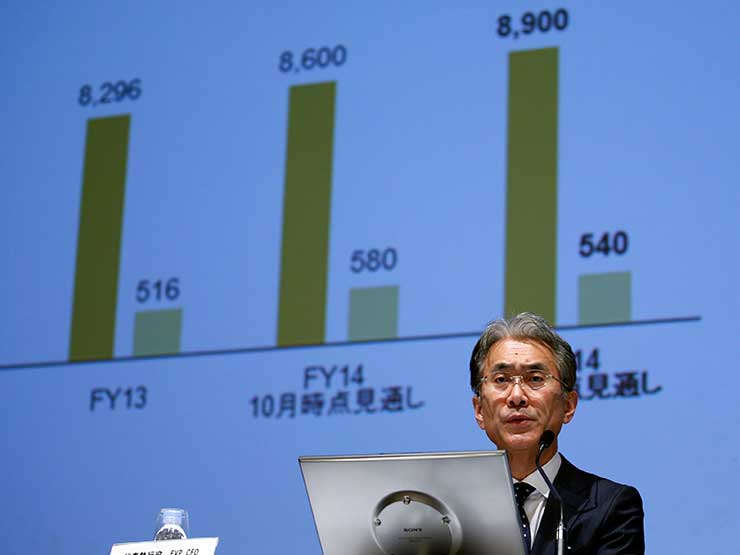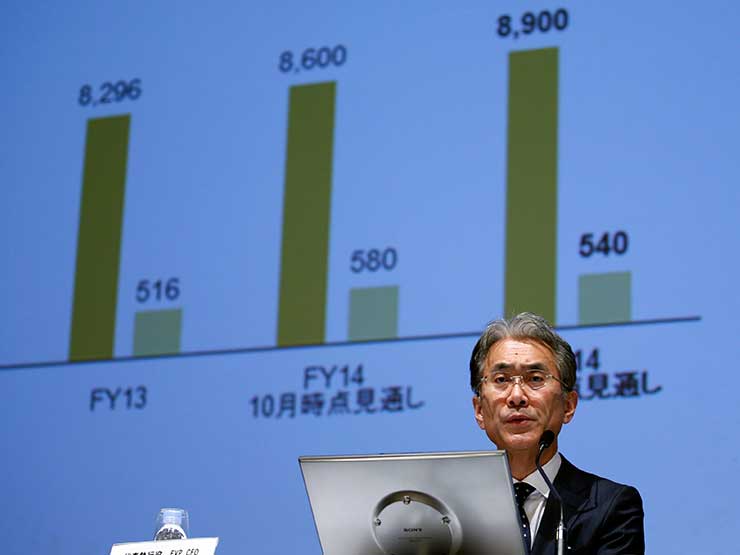Sony’s CFO Kenichiro Yoshida, who has been an important driver in the company’s turnaround strategy initiated by CEO Kazuo Hirai, says it’s time to start investing in the future.
Yoshida’s (pictured) first media interview since becoming CFO and second in command to Hirai, in April 2014, follows the release of the company’s first-quarter profits late last week. These revealed that Sony enjoyed a threefold increase in demand for image sensors used in Apple iPhones. This helped to offset losses in its smartphone and movie businesses.

These results support a growing view among investors that Sony is seeing results with its decade-long restructuring effort nearing completion.
“What this company needs is a positive mindset that is willing to grasp future opportunities. That’s the challenge for our management team,” Yoshida told the Financial Times.
“Until now, we had rarely turned to mergers and acquisitions for our research and development, but we will be looking for those opportunities to take on new challenges,” Yoshida said.
Sony signalled the first signs of a shift in approach last month when it announced a plan to raise Y420bn ($3.4bn) through the sale of new shares and convertible bonds. About 84% of those proceeds will be spent to strengthen its camera sensors, while the rest will be used to repay its debt.
The company is still seeing losses from its smartphone business but Yoshida says the company has no plans to sell its mobile division.
Strong hold on image sensors market
Image sensors is one of the few areas in which Sony still commands. In terms of value, the company controls about 40% of the global market for CMOS sensors which are used in Apple’s iPhone 6 and Samsung’s Galaxy S6. Its image sensor business accounted for nearly a third of its first-quarter operating profits.
As more homes and cars become connected to the internet, Sony also hopes the demand for higher-quality sensors will expand further. Yoshida says potential M&A targets include start-ups with skills in computer algorithms to perform image processing.
According to The Financial Times, since Yoshida became CFO, share prices have nearly doubled. Investors have welcomed the greater transparency that he has brought to the company, including the disclosure of financial targets for each business segment and an increase in investor briefings.
Yoshida has been described as blunt and ruthless in seeking explanations for failure to meet targets, although he rarely raises his voice. He also has a reputation for digging up embarrassing numbers that employees would rather forget — such as a poor record of 15 profit warnings in the past seven years.
“You have to face reality. I feel disclosing the bad parts will lead to accountability and transparency,” he said.

